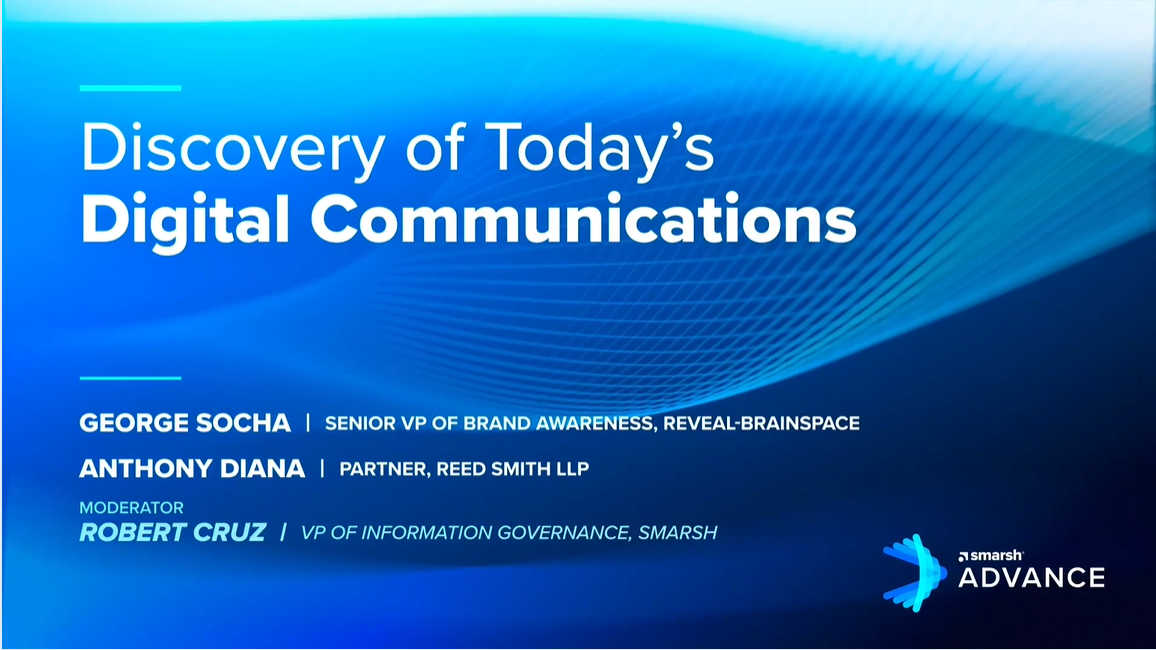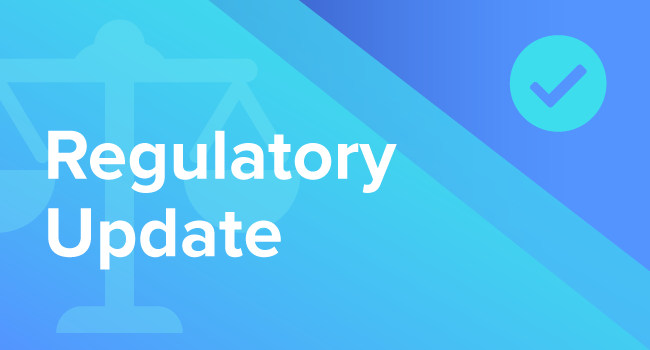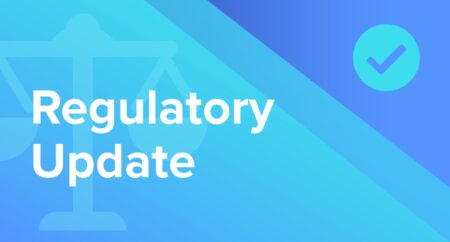How to Get Ahead of E-Discovery's "Revolutionary" Shift From Email to Modern Digital Communications
"I think the revolution is coming. I think it's going to change everything."
In today’s virtual world, businesses must put extra consideration into how they protect their digital assets. One of those assets is an expanding array of communications data. Employees are dispersed and have access to any number of platforms and applications for connecting with one another — Microsoft Teams, Slack, Zoom, TikTok, text message, and so on. Protecting your data will only become more important as its volume and reach expand, and it requires a proactive — maybe even revolutionary — mindset.
We mentioned previously the three tracks from our Advance virtual event:
1. Collaborate
2. Protect
3. Transform
Today we’re going to talk about what it means to strategically examine your communications data, not only for compliance and risk protection but also for costly, resource-heavy legal investigations and e-discovery events.
We’ve excerpted parts of a session hosted by Smarsh VP, Information Governance, Robert Cruz, Partner at Reed Smith law firm and co-chair of the firm’s IP technology and data group, Anthony Diana, and SVP of brand awareness at Reveal-Brainspace and the co-founder of the Electronic Discovery Reference Model (EDRM), George Socha. (Edited for clarity.)

A whirlwind of new channels and data
As many companies have adopted a hybrid work model and the communication tools that make it possible, the volume and variety of communications data being generated continue to grow. This data expansion has enormous implications for companies dealing with litigation, internal investigations, and other demands to quickly find and produce information.
Anthony Diana said he sees organizations trying to be proactive on this front. “They are asking: how do we start managing all this data? How do we start collecting it? How do we start preserving it?” But most current tools out there just aren’t set up to do this, and the business must keep moving.
“Many people took a lot more risk over the past year or so because of the pandemic in the hybrid environment where they said, we're going to launch this without having great guidance, but we'll document it and make a decision,” Anthony said.
“A lot of these organizations have had 20 years or more to figure out how to deal with all of this when it comes to email, but they've had less than 20 months to figure out how to deal with other channels,” said George Socha. “And they don't — by and large — have the resources on staff to pull all of that together. Even if they have people with the capabilities, those people don't have the time, which means out of necessity many of these organizations need to turn to outside resources for help.”
Ultimately, the panel concurred that e-discovery technology must be suited for purpose, and that likely means it’s time for an upgrade. If you’re using a system designed for email, chances are the multimodal interactive aspect of newer communication applications is just not something legacy e-discovery tools will be able to address. Companies should update policies or guidelines that indicate exactly what constitutes electronic communication and make sure their e-discovery solutions can capture all that entails.
"A lot of these organizations have had 20 years or more to figure out how to deal with all of this when it comes to email. But they've had less than 20 months to figure out how to deal with other channels."
Each communication tool requires due diligence
Data comes in many forms. One text message is not the same as a voice recording or a persistent chat with 500 people that may have gone on for a week. So how does a firm begin to get their head around the impact on both ingestion as well as the review of all this disparate data?
George says, while it may not sound satisfying, the answer is to take it step by step. “If you have the luxury of a little bit of time, try to get your arms around something smaller to figure out what you're dealing with. If, for example, your organization uses Slack, start with these steps:
- Pull together relevant stakeholders, perhaps a communications data governance team, with representatives from all major departments
- Find out how Slack is currently used in your organization
- What are channels used for and who is using them?
- What’s authorized use? Unauthorized use?
- How much content do you have in channels? Is it 50 messages or 50,000?
- What are your ideal time frames for data retention and disposal?
"I suspect by 2023 email is not going to be the main source of e-discovery, and not because people aren't using email, but where the real substance happens is going to be somewhere else, right? If it's bad actors, they’re not going to be using email, full stop. It's monitored, they know it's there, they're never going to use it and frankly, the regulators already know that."
E-discovery technology should meet your needs
With so many options for communication (e.g., Teams, text messages, TikTok, etc.), e-discovery technology must be adapted for hybrid and remote work. Rather than having to take your communications data to the tools, what if you could take your e-discovery tool to the data and all its inputs?
“Typically [in the e-discovery process] we’re looking for high precision; something that's right on point. We don't care so much at this stage about recall, we're not looking to get all of something, we just want to get some good examples so we can make decisions about what steps to take next,” George said. “So, if you could bring the e-discovery tools to the data and if you could use the tools with a focus on high precision rather than a high recall, you could make more effective use of the concept of early case assessment.”
This will become even more critical as the adoption of business communications tools beyond email continues, and e-discovery shifts to other channels.
Anthony said, “I suspect by 2023 email is not going to be the main source of e-discovery, and not because people aren't using email, but where the real substance happens is going to be somewhere else, right? If it's bad actors, they’re not going to be using email, full stop. It's monitored, they know it's there, they're never going to use it and frankly the regulators already know that.”
Include e-discovery in your communications data strategy
So how can you ensure you’re protecting your data and accounting for all inputs, to make your e-discovery process more efficient and effective?
- Accept that remote and hybrid work are now the standard. The genie is out of the bottle.
- Update technology infrastructure to support growing, changing data requirements. Take advantage of public cloud scalability
- Be proactive. Create guidelines for electronic communications and what needs to be preserved.
- Analyze every communications tool your employees are using or are asking to use. This will continue to change.
- Find an e-discovery solution that’s suited for purpose. We've moved past email.
To reiterate George’s message, we moved quickly into the primarily digital work world. Take your data protection transformation one step at a time. You may not be able to diligently evaluate every communications tool at once, but be thorough and forward-looking as you and your organization continue to adapt.
This is the second in a 3-part series from our virtual on-demand Smarsh Advance event. We previously discussed collaboration with Slack. Next up, how to augment your communications data strategy with AI.
Share this post!
Smarsh Blog
Our internal subject matter experts and our network of external industry experts are featured with insights into the technology and industry trends that affect your electronic communications compliance initiatives. Sign up to benefit from their deep understanding, tips and best practices regarding how your company can manage compliance risk while unlocking the business value of your communications data.





Subscribe to the Smarsh Blog Digest
Subscribe to receive a monthly digest of articles exploring regulatory updates, news, trends and best practices in electronic communications capture and archiving.
Smarsh handles information you submit to Smarsh in accordance with its Privacy Policy. By clicking "submit", you consent to Smarsh processing your information and storing it in accordance with the Privacy Policy and agree to receive communications from Smarsh and its third-party partners regarding products and services that may be of interest to you. You may withdraw your consent at any time by emailing privacy@smarsh.com.
FOLLOW US